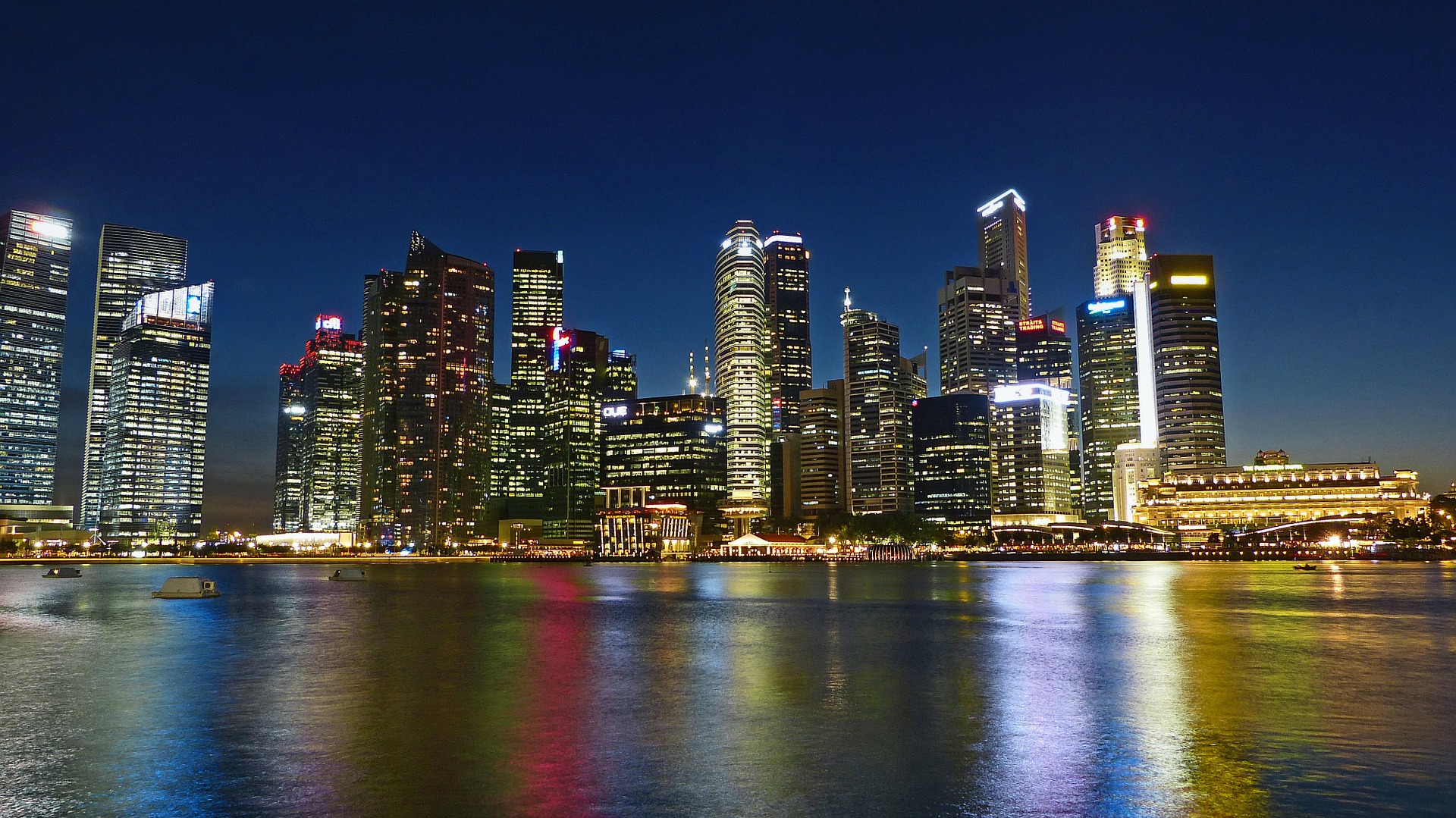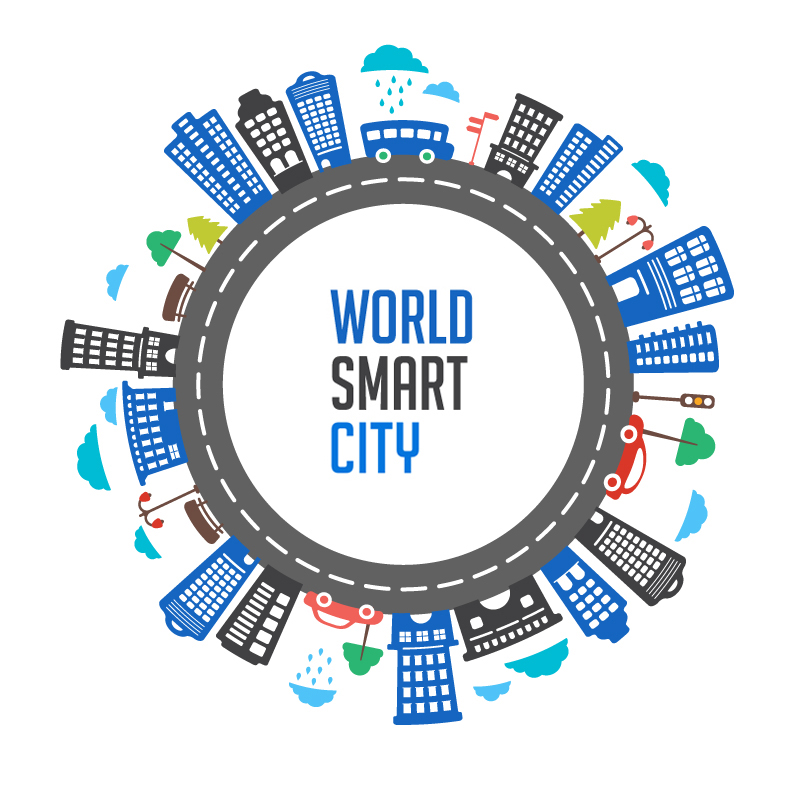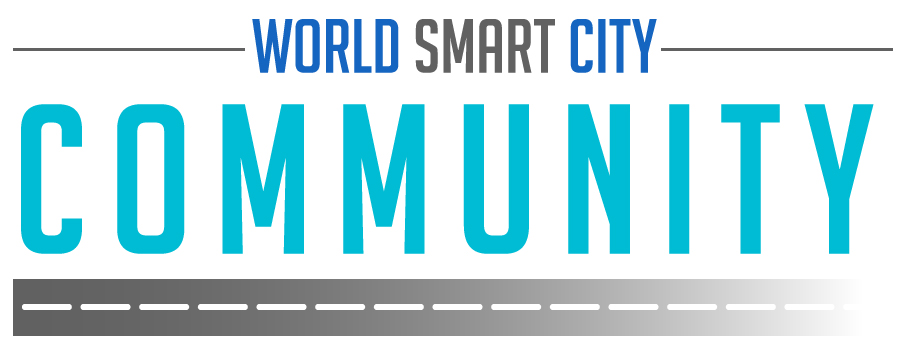How Durban set the global standard for providing water and sanitation for the poor
Editors note: This article first appeared in Citiscope.org and is reprinted with permission.
Citiscope is a nonprofit news outlet that covers innovations in cities around the world. More at Citiscope. org and citiscope.org/subscribe.
DURBAN, South Africa — Arguably the most elegant aspect of an inelegant subject is how this city of 3.2 million residents, South Africa’s second largest, is solving monumental water and waste challenges in its jammed informal settlements.
The eThekwini Municipality Water and Sanitation department, Durban’s water and waste management provider, avoided paying for huge and expensive equipment, big pipelines, and complicated sewage disposal practices of centralized water and sanitation systems. Instead it deployed a decentralized strategy and less expensive tools that worked.
The centerpiece of Durban’s program is the “community ablution block” public washroom. It’s an ordinary marine cargo container refitted inside with running water in sinks and wash basins, toilets and showers. Durban has 2,500 ablution blocks installed in many of its nearly 500 informal settlements, where homes made of scrap wood and corrugated metal don’t have running water or toilets. There’s sufficient public funding to fabricate and install perhaps 80 more ablution blocks annually.
Durban is also a testbed for numerous strategies that turn human waste into usable compost or in other ways dispose of urine and feces without using fresh water to do it. But Durban’s most important innovation is its unwavering commitment to actually providing water and waste services to the poor. City leaders view providing fresh water, showers and clean toilets to more than 1 million residents in the city’s informal settlements as a moral responsibility. So many other big cities — Delhi, Lima, Manila, Mexico City, Mumbai, Ulan Bator — don’t really care.
Influenced by cost considerations and class neglect, leaders of these and so many other cities in the developing world decided long ago to ignore the water needs of the new residents pouring in from the countryside to seek jobs. The newcomers crowd dirty and dangerous slums and spend too much of their time appealing to city governments for basic water and sanitation. Without it, parents and children rely on contaminated water, much of it collected from rooftops, and defecate in the horror show of open pits. According to the United Nations, more than 2.4 billion people around the world live this way.
Not in Durban. “The city decided it’s our responsibility to service these areas,” says Teddy Gounden, the acting project manager for the eThekwini (pronounced ett-ta-kweeny) Water and Sanitation unit. “People demanded our service. One third of the more than 3 million people who live here are in the settlements. It was not a good situation. It’s much better now.”
Right to water
It’s been said that the virtues of a nation truly cannot be known until the condition of its poorest residents are considered. By that measure Durban’s water program is a recognized global leader and a decided point of national pride in a country that is experiencing its worst days in the 22-year post-Apartheid era. Two years ago, Durban was honored with the Stockholm Industry Water Award, one of the most prestigious international prizes for water work in the public interest.
Influenced by surprising and destabilizing changes in the cabinet of President Jacob Zuma, and crashing commodity prices for the country’s mineral exports, the South African rand has slid in value to its lowest level ever. In January, the business confidence index fell to its worst-ever rating. National meteorologists project that a deep drought, already a year old, will persist until the end of 2016. Agronomists project a massive crop failure that will necessitate importing half of South Africa’s grain. Layoffs in the farm sector caused by moisture scarcity and unplanted fields lifted the country’s persistent joblessness to more than 35 percent. Cities ran out of water last fall. Crime is endemic and getting worse.
The endowment of optimism and progress that South Africans embraced at the start of the new multi-racial elections and the formal end of Apartheid in 1994 has dissolved into a period of deepening economic and social stress.
Durban, a handsome and sunbright city of broad hills that cascade down to wide Indian Ocean beaches, has managed to push through the turmoil. In part that’s due to the commitment to social justice and equity held by its leaders, and expressed in South Africa’s 1996 constitution. The special provisions that hold the nation accountable to ensure public access to clean water and sound health are globally unique.
The Bill of Rights declares that all South Africans possess “the right to have access to sufficient food and water.” The 1998 National Water Act requires water managers to provide “equitable allocation and beneficial use of water.”
“We can’t separate the approach eThekwini has taken from the policy of the country,” says Chris Buckley, a chemical engineering professor and head of the Pollution Research Group at Durban’s University of KwaZulu-Natal. “No other developing country has such a high priority on water and sanitation. If your national policies are different, there is going to be a disconnect. The policy foundation supports innovation and problem-solving in Durban.”
Vusi Gebashe, a 51-year-old city councilor from the city’s crowded Ward 55, told me that he and his colleagues are very supportive of the water department. Its work in the informal settlements is viewed as a basic operating expense of local government, like police and fire protection. “The city supports this regardless of the next election and who is on the council,” Gebashe says. “We’ve been the main drivers of the project. It’s been like that for all ten years that I’ve been a councilor. The city is behind this. Councilors support this. If you move around Durban you discover that people are happy with it.”
Testing new approaches
Having secured a firm policy foundation and clear directive, the operational details of water supply and waste treatment became easier and more experimental in Durban. The starting point was a cholera epidemic in the surrounding KwaZulu-Natal province in 2000. The city reacted quickly to install standpipe faucets to encourage hand washing. It also built large concrete, multi-seat enclosed pit toilets, located strategically throughout informal settlements, to discourage open defecation.
City leaders also developed working partnerships with ward leaders to recruit citizen support and feedback for improving programs. For example, the locations of ablution blocks are decided by leadership groups within settlements. The city views them as temporary facilities. A separate city office is building permanent apartment buildings with contemporary running water in kitchens and bathrooms, and flush toilets, sometimes in wards where ablution blocks exist and can be removed.
In many wards, the washrooms are seen as valuable and likely to become permanent fixtures. In early January, Gounden’s program notified the Amaoti settlement in Ward 53, where 12,000 people live, to expect 16 new ablution blocks. The community’s 25-member elected leadership council met to consider spaces among the densely packed dwellings that were large enough for separate men’s and women’s wash houses and sufficiently dispersed to serve residents. Doctor Zungu, who has lived in the community all of his 45 years and heads the ward’s infrastructure committee, was assigned to lead the project.
He says choosing the sites was easy. “We know the ward,” explains Zungu. “All of us know each and every corner of this ward. If the leadership says put one in that corner, I know exactly that corner. It took us ten minutes to decide, under ten minutes.”
Sibongile Buthelezi, a community development specialist with the city’s Water and Sanitation unit, explains that once the sites for new ablution blocks are firm, city engineers and a local construction management contractor draw up plans for site preparation, building water lines, and installing the units. It costs about 1 million rand (US$65,000) to build and install an ablution block.
Durban has supplied virtually all residents of its settlements with running water, most frequently from faucet standpipes. Roughly 300,000 of the more than 1 million settlement residents do not have adequate sanitation. “We are trying to bring them [ablution blocks] to communities as fast as we can,” Buthelezi says. “The need is very big.”
Research and development
Another essential collaboration is with Buckley and his colleagues at the University of KwaZulu-Natal. For example, scientists and engineers at the university’s Pollution Research Group helped prove the safety and effectiveness of the ablution blocks, which are fabricated by a local industrial firm.
The city and the university established a research center to test ideas. One of them is a waste-to-compost program using black soldier fly larvae to hasten the conversion. The fly larvae devour human wastes and turn the biological material into a soil-conditioning byproduct. A pilot plant, built with the help of The BioCycle, a South African research and development company, is under construction at one of Durban’s 27 wastewater treatment plants.
Another project reworked urine-diverting toilets, designed in Sweden to serve island vacation homes, to operate under much more intense use in Durban’s settlements. The toilets direct urine to a sand-filter. Feces collect in a concrete chamber that is cleaned by the municipality every year.
Durban isn’t content to stop there. It’s now testing in-home toilets that use no water, generate sufficient energy from organic-chemical breakdown to power a light bulb and produce safe nutrient-rich byproducts that can be distributed or sold as soil conditioners and compost-like material. The city’s willingness to innovate and experiment attracted the attention of Bill Gates. He made Durban one of four sites in the Bill & Melinda Gates Foundation’s Reinvent the Toilet program charged with proving the feasibility of water-free sanitation. The foundation is investing about US$1 million a year in Durban and the University of KwaZulu-Natal to develop water-free waste disposal.
“They’ve been dealing at a highly functional level addressing their sanitation issues long before the foundation focused on sanitation,” says Carl Hensman, a water and sanitation program officer at the Gates Foundation. “eThekwini Water and Sanitation bucked the trend and quickly came to the conclusion that the traditional approach to sanitation in developing countries is not sustainable. Like the foundation, they initially had their fair share of detractors and critics. But they always moved forward with confidence. They are reaping the benefits of their flexibility, innovation and vision.”
The goal of treating human waste without using water is viewed here as useful in every way to Durban’s development and reputation. The ongoing drought is lowering water levels in storage reservoirs and prompting water-use restrictions. The city’s rivers are regularly inundated with fecal contamination as treatment plants and pumping stations fail due to maintenance backlogs and theft. The more than 400 pumping stations needed to carry wastes over Durban’s hills, for instance, are preyed upon by thieves who steal wiring, pipes, and equipment. When the pump stations shut down, sewage backs up and spills into streams that carry the filth to the sea. Beaches in and outside the city have big signs that provide daily reports of fecal coliform bacteria counts, and post warnings when it is unsafe to go in the water.
“We cannot continue to use clean potable water to flush our wastes. We have to find a way to stop that. It’s got to happen,” says Teddy Gounden. “The new thinking is to look at waste as a resource and take away all the aspects of using water to flush waste away. If you take that away you have enough water for all of us.”
A version of this article was published on Circle of Blue on February 12, 2016.


